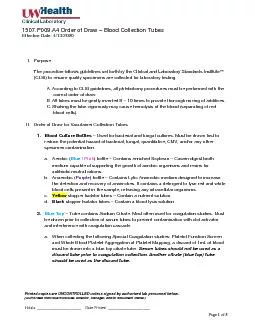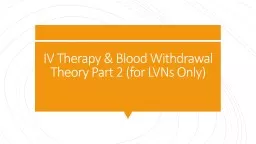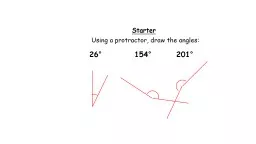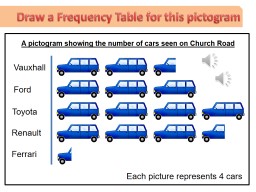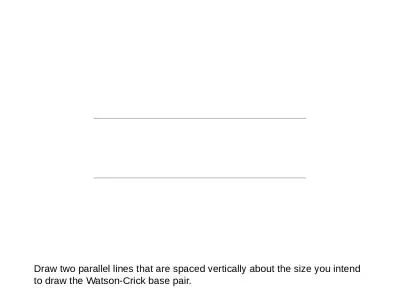PDF-1507P009A4 Order of Draw
Author : fauna | Published Date : 2021-06-09
Blood Collection Tubes Effective Date 4132020 Page 1 of 5 I Purpose The procedure follows guidelines set forth by the Clinical and Laboratory Standards Institute
Presentation Embed Code
Download Presentation
Download Presentation The PPT/PDF document "1507P009A4 Order of Draw" is the property of its rightful owner. Permission is granted to download and print the materials on this website for personal, non-commercial use only, and to display it on your personal computer provided you do not modify the materials and that you retain all copyright notices contained in the materials. By downloading content from our website, you accept the terms of this agreement.
1507P009A4 Order of Draw: Transcript
Download Rules Of Document
"1507P009A4 Order of Draw"The content belongs to its owner. You may download and print it for personal use, without modification, and keep all copyright notices. By downloading, you agree to these terms.
Related Documents

